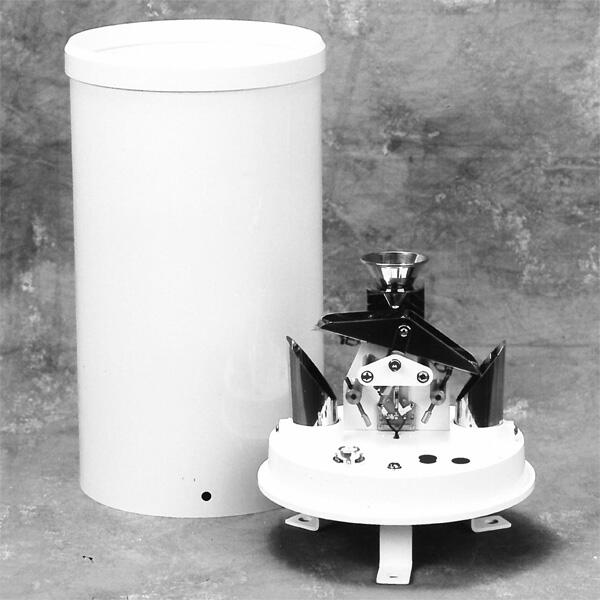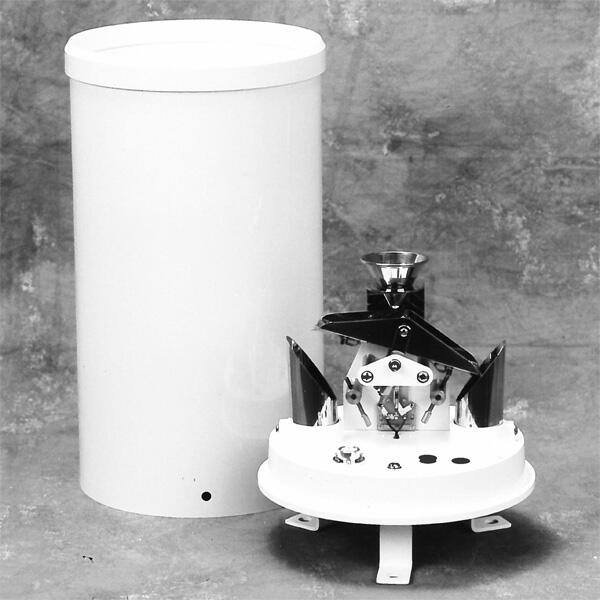
# Rain Gauge: A Comprehensive Description and Functionality Overview
A rain gauge is an essential meteorological instrument used to measure the amount of liquid precipitation over a specific period. It is a simple yet highly effective tool that plays a crucial role in weather monitoring, agriculture, hydrology, and climate studies. In this article, we will explore the description, types, and functionality of rain gauges in detail.
## What is a Rain Gauge?
A rain gauge, also known as a pluviometer or udometer, is a device designed to collect and measure rainfall. It typically consists of a cylindrical container with a funnel-shaped top that directs rainwater into a measuring tube. The collected water is then measured to determine the amount of precipitation in millimeters or inches.
## Types of Rain Gauges
Rain gauges come in various designs, each suited for specific applications. Below are the most common types:
### 1. Standard Rain Gauge
The standard rain gauge is the most widely used type. It features a funnel that collects rainwater and directs it into a narrow measuring tube. The tube is calibrated to provide precise measurements, often down to 0.1 mm or 0.01 inches.
### 2. Tipping Bucket Rain Gauge
This type of rain gauge uses a small bucket mechanism that tips when a specific amount of rainwater is collected. Each tip corresponds to a fixed volume of precipitation, which is recorded electronically. Tipping bucket rain gauges are ideal for automated weather stations.
### 3. Weighing Rain Gauge
A weighing rain gauge measures precipitation by weighing the collected water. As rainwater accumulates, the weight increases, and the data is recorded. This type is particularly useful for measuring snowfall and mixed precipitation.
### 4. Optical Rain Gauge
Optical rain gauges use light beams to detect and measure rainfall. When raindrops pass through the beam, they scatter the light, and the intensity of scattering is used to calculate the precipitation rate. These gauges are often used in research and aviation.
## How Does a Rain Gauge Work?
The functionality of a rain gauge depends on its type. However, the basic principle involves collecting rainwater and measuring its volume or weight. Here’s a step-by-step overview of how a standard rain gauge works:
1. **Collection**: Rainwater enters the funnel-shaped top of the gauge.
2. **Funneling**: The funnel directs the water into a narrow measuring tube.
3. **Measurement**: The water level in the tube is measured using a calibrated scale.
4. **Recording**: The data is recorded manually or electronically, depending on the gauge type.
## Applications of Rain Gauges
Rain gauges are indispensable tools in various fields:
– **Weather Forecasting**: Meteorologists use rain gauges to monitor and predict weather patterns.
– **Agriculture**: Farmers rely on rainfall data to plan irrigation and crop management.
– **Hydrology**: Hydrologists use rain gauges to study water cycles and manage water resources.
– **Climate Research**: Long-term rainfall data helps scientists analyze climate trends and changes.
## Conclusion
Rain gauges are simple yet powerful instruments that provide valuable insights into precipitation patterns. Whether for weather forecasting, agriculture, or climate research, these devices play a vital role in understanding and managing our environment. By choosing the right type of rain gauge and using it correctly, we can ensure accurate and reliable rainfall measurements for a wide range of applications.
Keyword: rain gauge description
